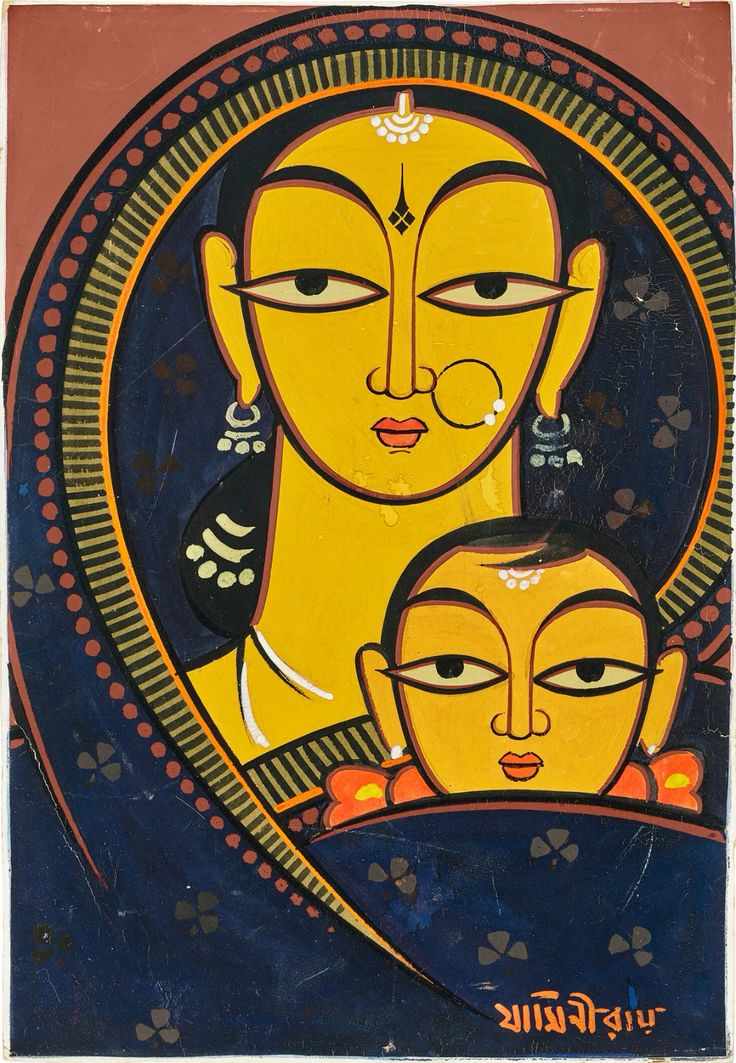
Ganjifa, Ganjapa, Ganjifeh or Gânjaphâ - A card game of Wit, Clever and Tricky moves and also one of the rare and beautiful crafts of India
The name 'ganjifa' comes from the Persian word GANJ, meaning treasure /money / bhandaar. This card game has several variations across West, Central and South Asia with endless varieties and possibilities.
Ganjifa cards are cute little masterpieces of Miniature painting in Indian playing cards expressing Battle illustration, political pursuits, community folk, mythological, and religious stories through the card game. It is believed that the Mughals brought Ganjifa to India in the 15th Century (from the book of Ganjifa: Playing Cards of India by Rudolf Von Leyden ). The Mughals played an important role in spreading this card game in India. As it was widely played in Darbar and between the common man the local cultures were incorporated through the local emperors giving rise to every kingdom having its own variety /varieties of Ganjifa. This card game had unfurled from Kashmir to Kanyakumari. But now it's almost extinct and only found in Sawantwadi of Maharashtra, Mysore of Karnataka, Ganjam of Odisha, Sheopur of Madhya Pradesh and Bishnapur of West Bengal.
As Ganjifa cards left Iran before the twentieth century, India became the last country to produce them.
Ganjifa cards were of two types: Darbar Kalam & Bazaar Kalam.
It was a royal game played by the noblemen of the King's court, made out of ivory/sandalwood/tortoiseshell etched in enamel silver or gold and these sets were called Darbar Kalam. The common men played with the Bazaar Kalam - made out of starched cloth/papier mache/palm leaf/leather with natural vegetable-derived colours using squirrel hair brushes. The Darbar sets will have appealing borders and the Bazaar sets without borders.
Ganjifa cards are traditionally circular measuring from 5cm to 7cm in diameter and are hand painted being detail-oriented and ensuring that every piece is precise. As it was widespread across India it had around 35 to 40 variants, to name a few:
Dashavathar Ganjifa
Ramayana Ganjifa
Rashi Ganjifa
Ashta Malla Ganjifa
Dashavtar Darchitri Ganjifa
Mysore Chad Ganjifa
Naqsh Ganjifa
Moghul Ganjifa
Mamluk Ganjifa
French Suited Ganjifa
Navagrah Ganjifa
Akbar's Ganjifa
Musical Instrument-based Ganjifa
Tarot Cards based on Ganjifa
Acrobats based Ganjifa
Wrestlers based Ganjifa
Swordsmen based Ganjifa
Dancers based Ganjifa
Performing Animals-based Ganjifa
Fights between Elephants based Ganjifa
In India, the ganjifa cards widely depicted ten avatars or incarnations of Lord Vishnu: Pisces - Matsya, Tortoise-Kurma, Boar - Varaha, the Man-Lion - Narasimha, the Dwarf - Vamana, Ram - Rama, Parshuram - Warrior Bhramana, Balaram, Krishna and Kalki all together these 120 specimens of dashavatar cards form a breathtaking piece of art. It will have various suits concerning each avatar like the Kalki avatar suit, Ram avatar suit, Vaman avatar suit etc each suit containing 12 cards - 1 as Raja, another Pradhan and the remaining 10 as numerals with the respective suit symbol. These cards have coloured backgrounds, with each suit having a different colour and the backs of the cards are uniform, without any patterns.
Ganjifa holds cultural significance beyond its role as a recreational pastime. It is often associated with festivals, religious ceremonies, and special occasions, where it serves as a means of entertainment and cultural expression. The game also reflects the rich artistic heritage of India, showcasing the craftsmanship and creativity of artisans who create intricate card designs.
In addition to traditional variants, Ganjifa has also inspired modern adaptations and reinterpretations. Some game designers and artists have created contemporary versions of Ganjifa, incorporating new themes, gameplay mechanics, and art styles while still paying homage to its traditional roots. These adaptations help introduce Ganjifa to new audiences and keep the tradition alive in the modern age.
Overall, Ganjifa is not just a game but a cherished part of India's cultural heritage, offering a glimpse into the country's rich history, traditions, and artistic legacy.
Bibliography:
Leyden, Rudolf von; Ganjifa - the playing cards of India … Victoria & Albert Museum collection; London 1982 (V&A Museum)
Abu'l-Fazl ibn Mubarak (1873: 306). Google book: https://books.google.com/books?id=_Isx7NqZZHEC&pg=PA306
Ganjifa: Playing Cards of India Paperback – Import, 1 December 1982
https://ccrtindia.gov.in/wp-content/uploads/2021/05/Living-of-Tradition-Tribal-Painting.pdf









Write a comment ...